Breaking the Cycle: Navigating Victim Blaming and Gender Expectations with Teens
“Why is there so much victim blaming everywhere?” asked my young student, as we explored gender and culture and the forces that affect sexual safety for teens. She’s not the only one asking the question. As an educator, I myself continually try to wrap my head around it because the answer is multi-layered, existing in different areas that impact us daily.
For example, with assaults overwhelmingly affecting girls, people of color and LGBTQ plus youth, we have to examine internalized sexism, racism and homophobia as contributing factors. Would girls be victimized more than boys if we viewed female empowerment as fundamental to the evolution of the species? Would race be as big a factor in assault cases if we didn’t hypersexualize black women? Would LGBTQ plus teens be targeted if the rights of queer people were seen as equal to their cis-gendered peers?
Would we blame victims if it weren’t for the patriarchal forces that, for example, dictate if a girl agrees to kissing a stranger at a party, she must be “loose”? Or if she’s had too much to drink and gets flirtatious, it must mean she’s “asking for it”?
If we examine these assumptions, assumptions that victims are forced to navigate as part of the legal process, we can understand how victim blaming in the legal arena influences victim blaming in our thinking.
The ACLU estimates that 95% of rapes on college campuses go unreported, and for every thousand assault cases, only five offenders will serve jail time. It’s no wonder victims don’t want to share their story, even though assault is never the fault of the victim, even though they deserve justice.
Social conditioning affects boys too. If boys are expected to play the role of the aggressive, emotionally shallow and sex-obsessed characters we see in the media, then there isn’t enough room for young men to expand their emotional vocabulary and intimacy needs beyond the sex experience. And there certainly isn’t enough room for boys to discuss their experience as victims if an assault occurs.
Micro aggressions often lie in our thinking more than our words. For example, if a girl has had a lot of boyfriends, we might think she is really into sex. Or if a boy is loud and aggressive, he must not possess emotional vulnerability. Or if an LGBTQ plus young person is “reserved” and quiet, they must desire to be left alone. Most often, these assumptions are produced more by gender norms and conditioning than by the truth.
Gender expectations are a huge part of the lived experiences of young people. They affect boys, girls, gender other and LGBTQ plus youth. They likely show up every day in the form of reflective questions like:
As a young woman, should I speak up if someone makes a sexist statement, even though I might be seen as “a bitch”?
As a young man, if I’m the only one to come to the aid of a young woman who is intoxicated at a party and at risk of assault, might I be seen as a “wuss”?
If, as a young woman, I wear the clothing that makes me feel attractive, will someone call me a slut as I walk down the hall?
If, as a young man, I engage in a lot of hugging and touching with my close friends, will someone see me as effeminate?
If I identify as LGBTQ plus, will my cis-gender classmates understand me if I make a comment in class, or try to share my experiences as an LGBTQ plus person?
In our Gender and Culture class, we invite students as part of their homework, to have a conversation with caring adults (teachers, counselors and parents) and friends about gender norms and how they impact the lives of individuals. Unpacking these forces objectively, the same way we do in our classroom, makes them more recognizable when they show up. It also widens the pathway of conversation, allowing young people feel supported in making the decisions that are best for them.
Thoughts lead to feelings, that lead to behaviors, that lead to thoughts. When we can root out the thoughts that are a product of gender conditioning more than the truth, we have more power to overcome them. When we can root out the internal judgements we feel toward ourselves and others, we gain mastery over them in ways that positively impact behavior and, most importantly, relationships.
If interested in learning more about how Be Strong, Be Wise is helping teens address social forces like victim blaming, check out our youth course, now being offered in schools. We take pride in providing a step by step pathway appropriate for teens from all walks of life, and love partnering with caring adults like you, who believe that young people deserve to learn how to create and sustain healthy relationships, starting with themselves.

